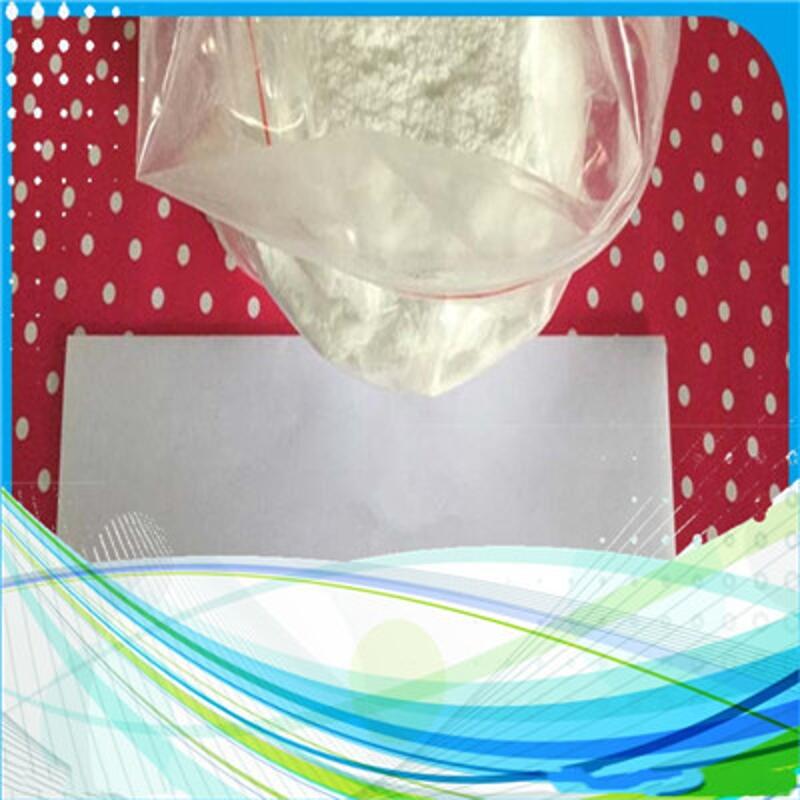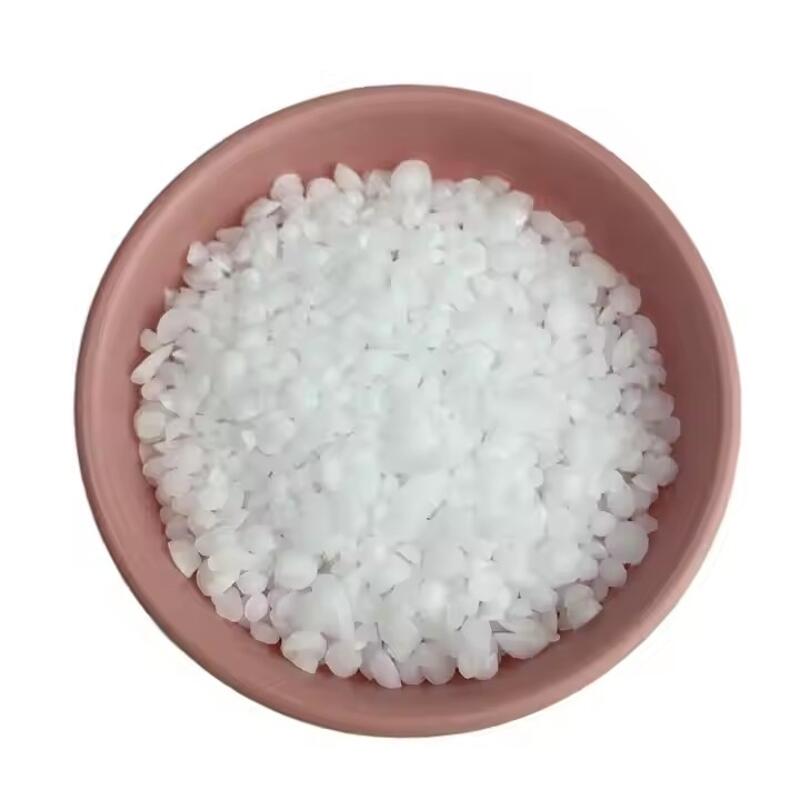-
Categories
-
Pharmaceutical Intermediates
-
Active Pharmaceutical Ingredients
-
Food Additives
- Industrial Coatings
- Agrochemicals
- Dyes and Pigments
- Surfactant
- Flavors and Fragrances
- Chemical Reagents
- Catalyst and Auxiliary
- Natural Products
- Inorganic Chemistry
-
Organic Chemistry
-
Biochemical Engineering
- Analytical Chemistry
-
Cosmetic Ingredient
- Water Treatment Chemical
-
Pharmaceutical Intermediates
Promotion
ECHEMI Mall
Wholesale
Weekly Price
Exhibition
News
-
Trade Service
Recently, researchers from the National University of Singapore published an article titled "New roles for glutathione: Modulators of bacterial virulence and pathogenesis" in Redox Biology
.
Low-molecular-weight thiols contain sulfhydryl groups, which are important for maintaining the antioxidant defense of cells
.
In addition to the traditional role of low molecular weight thiols as redox regulators in bacteria, glutathione (GSH) has been reported to affect toxicity and bacterial pathogenesis
.
The role of GSH in virulence is diverse, including activating the expression of virulence genes and promoting the formation of optimal biofilms
.
Glutathione can also be converted into hydrogen sulfide (H2S), which is important for the pathogenesis of certain bacteria
.
In addition to glutathione, some bacteria also produce other low molecular weight thiols, such as fungal thiols and Bacillus thiols, which affect the virulence of bacteria
.
In this study, the authors discussed that these newly reported low molecular weight thiols directly or indirectly regulate bacterial pathogenesis and regulate the function of the host immune system
.
Glutathione can also be converted into hydrogen sulfide (H2S), which is important for the pathogenesis of certain bacteria.
Low-molecular-weight thiols contain sulfhydryl groups, which are important for maintaining the antioxidant defense of cells
.
In addition to the traditional role of low molecular weight thiols as redox regulators in bacteria, glutathione (GSH) has been reported to affect toxicity and bacterial pathogenesis
.
The role of GSH in virulence is diverse, including activating the expression of virulence genes and promoting the formation of optimal biofilms
.
Glutathione can also be converted into hydrogen sulfide (H2S), which is important for the pathogenesis of certain bacteria
.
In addition to glutathione, some bacteria also produce other low molecular weight thiols, such as fungal thiols and Bacillus thiols, which affect the virulence of bacteria
.
In this study, the authors discussed that these newly reported low molecular weight thiols directly or indirectly regulate bacterial pathogenesis and regulate the function of the host immune system
.
.
In addition to glutathione, some bacteria also produce other low molecular weight thiols, such as fungal thiols and Bacillus thiols, which affect the virulence of bacteria
.
In this study, the authors discussed that these newly reported low molecular weight thiols directly or indirectly regulate bacterial pathogenesis and regulate the function of the host immune system
.
bacterial
Picture link: https://doi.
org/10.
1016/j.
redox.
2021.
102012
org/10.
1016/j.
redox.
2021.
102012
Low molecular weight (LMW) thiol is a molecule containing reducing sulfhydryl groups that can detoxify reactive oxygen species (ROS), reactive nitrogen (RNS) and other free radicals
.
Low-molecular-weight thiols are involved in a series of biological functions, including antioxidant defense, cell signal transduction, and regulation of eukaryotic immune system
.
In bacteria, low molecular weight thiols can help adapt and survive under adverse conditions, such as combating oxidative stress and regulating pathogenesis
.
Although the role of low-molecular-weight thiols is traditionally considered to be a redox regulator in bacteria, there are slow but stable reports suggesting that low-molecular-weight thiols can alter bacterial pathogenesis in a more direct way
.
The main low-molecular-weight thiol in Gram-negative bacteria is glutathione (GSH; L-γ-glutamyl-L-cysteine-glycine) with a concentration in the millimolar range
.
Only a few Gram-positive bacteria, such as Listeria monocytogenes and Streptococcus agalactiae, produce GSH
.
bacterial.
Low-molecular-weight thiols are involved in a series of biological functions, including antioxidant defense, cell signal transduction, and regulation of eukaryotic immune system
.
In bacteria, low molecular weight thiols can help adapt and survive under adverse conditions, such as combating oxidative stress and regulating pathogenesis
.
Although the role of low-molecular-weight thiols is traditionally considered to be a redox regulator in bacteria, there are slow but stable reports suggesting that low-molecular-weight thiols can alter bacterial pathogenesis in a more direct way
.
The main low-molecular-weight thiol in Gram-negative bacteria is glutathione (GSH; L-γ-glutamyl-L-cysteine-glycine) with a concentration in the millimolar range
.
Only a few Gram-positive bacteria, such as Listeria monocytogenes and Streptococcus agalactiae, produce GSH
.
The redox function of low-molecular-weight thiols that affect the suitability of bacteria has been fully discussed elsewhere
.
This article reviews the effects of low molecular weight mercaptans on bacterial virulence during infection
.
However, some of the virulence functions described here may still be indirect, because impaired redox balance affects the fitness of bacteria, because many studies have shown how glutathione deficiency affects phenotypes related to virulence.
But there is no definition of how glutathione does this mechanically
.
The main thiols that the author is concerned about are found in bacteria, including GSH, which is widely found in Gram-negative bacteria, mycothiol (MSH), the main thiol in actinomycetes, and bacillithiol (BSH), which is found in many Gram-positive bacteria.
Found in bacteria
.
bacterial.
This article reviews the effects of low molecular weight mercaptans on bacterial virulence during infection
.
However, some of the virulence functions described here may still be indirect, because impaired redox balance affects the fitness of bacteria, because many studies have shown how glutathione deficiency affects phenotypes related to virulence.
But there is no definition of how glutathione does this mechanically
.
The main thiols that the author is concerned about are found in bacteria, including GSH, which is widely found in Gram-negative bacteria, mycothiol (MSH), the main thiol in actinomycetes, and bacillithiol (BSH), which is found in many Gram-positive bacteria.
Found in bacteria
.
Induction of GSH virulence genes in the infection of Lactobacillus pseudomali, Lactobacillus monocytogenes and Pseudomonas aeruginosa
Image source: https://doi.
org/10.
1016/j.
redox.
2021.
102012
org/10.
1016/j.
redox.
2021.
102012
Glutathione is the most important redox system for maintaining metabolism and homeostasis in many bacteria.
It may not be surprising that it plays a role in bacterial pathogenicity by maintaining optimal growth and survival of bacteria
.
What is not so obvious is how a few bacteria use glutathione as a reduced part of a transcription factor or an allosteric regulator to directly up-regulate the toxicity pathway
.
Some bacteria can also control many post-translational reactions through the glutathionylation of bacterial virulence factors
.
In addition, glutathione regulates the immune system in a variety of complex ways, thereby affecting the outcome of infection
.
GSH can modify redox-sensitive transcription factors in bacteria and host cells, thereby affecting transcription changes
.
Many of these changes may be through the glutathionylation of enzymes and transcription factors, as well as changes in energy metabolism, and these changes are only just beginning to be explored
.
These complex changes will affect the progression of infection in mammalian hosts
.
The research field on how glutathione regulates the immune response to infection is still in the research stage
.
The author predicts that with further research, more examples will be found to demonstrate how different bacterial pathogens use glutathione to modulate their toxicity, and how the host uses glutathione to modulate its response to these bacterial invasions
.
( Bioon.
com)
GSH can modify redox-sensitive transcription factors in bacteria and host cells, thereby affecting transcription changes in bacteriaIt may not be surprising that it plays a role in bacterial pathogenicity by maintaining optimal growth and survival of bacteria
.
What is not so obvious is how a few bacteria use glutathione as a reduced part of a transcription factor or an allosteric regulator to directly up-regulate the toxicity pathway
.
Some bacteria can also control many post-translational reactions through the glutathionylation of bacterial virulence factors
.
In addition, glutathione regulates the immune system in a variety of complex ways, thereby affecting the outcome of infection
.
GSH can modify redox-sensitive transcription factors in bacteria and host cells, thereby affecting transcription changes
.
Many of these changes may be through the glutathionylation of enzymes and transcription factors, as well as changes in energy metabolism, and these changes are only just beginning to be explored
.
These complex changes will affect the progression of infection in mammalian hosts
.
The research field on how glutathione regulates the immune response to infection is still in the research stage
.
The author predicts that with further research, more examples will be found to demonstrate how different bacterial pathogens use glutathione to modulate their toxicity, and how the host uses glutathione to modulate its response to these bacterial invasions
.
( Bioon.
com)
references
Joanne Wei Kay Ku et al.
New roles for glutathione: Modulators of bacterial virulence and pathogenesis.
Redox Biol.
2021 May 29; 44:102012.
doi: 10.
1016/j.
redox.
2021.
102012.
Joanne Wei Kay Ku et al. New roles for glutathione: Modulators of bacterial virulence and pathogenesis.
Redox Biol.
2021 May 29; 44:102012.
doi: 10.
1016/j.
redox.
2021.
102012.
New roles for glutathione: Modulators of bacterial virulence and pathogenesis.
Redox Biol.
2021 May 29; 44:102012.
doi: 10.
1016/j.
redox.
2021.
102012.







